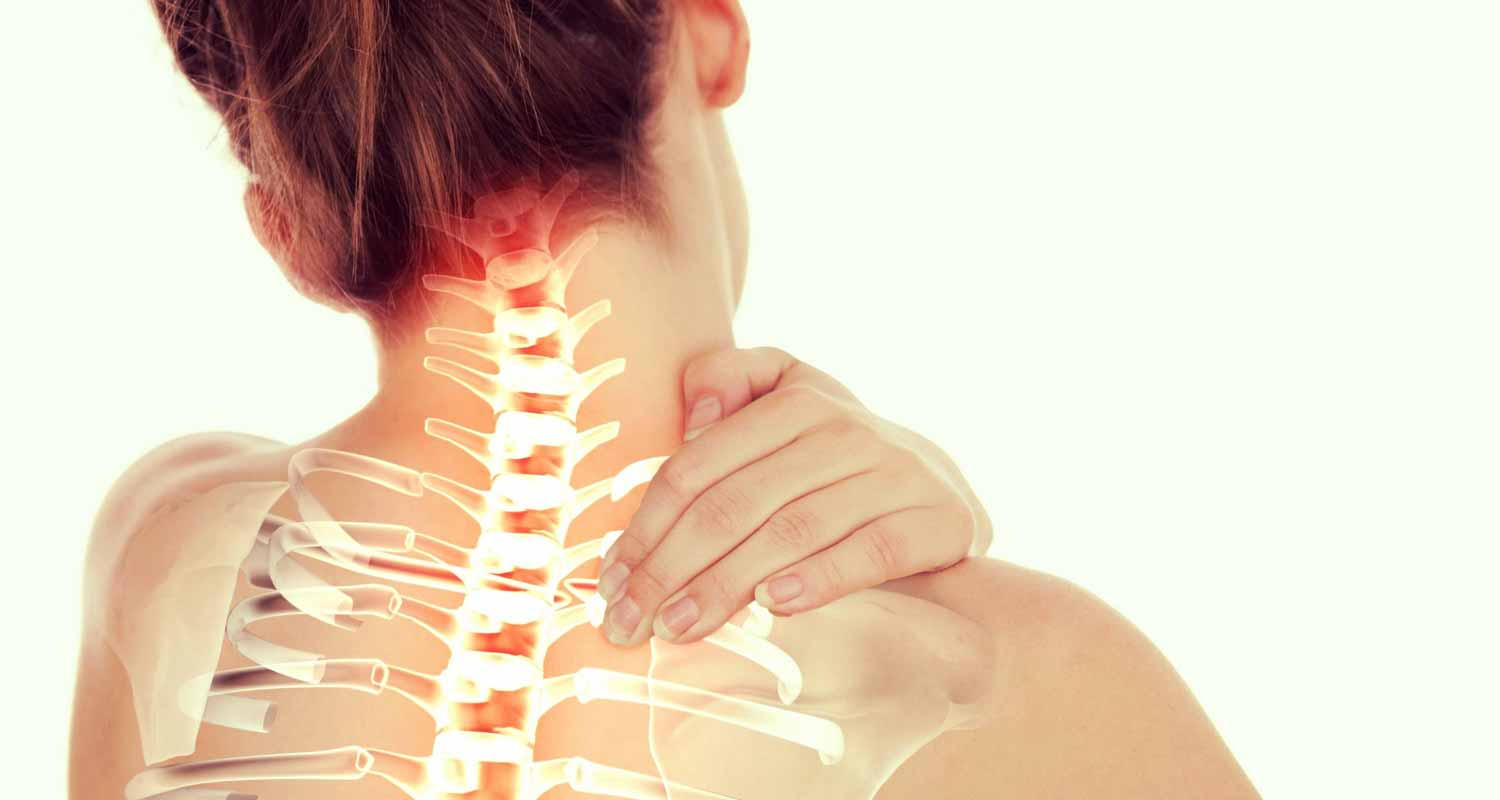Brachial Plexus by Marco Cheung (Physiotherapist)
Introduction:
 The brachial plexus is a network of nerve fibres that allows movement and sensation in our arms. It forms five major branches as shown in the image pictured.
The brachial plexus is a network of nerve fibres that allows movement and sensation in our arms. It forms five major branches as shown in the image pictured.
Occasionally, these nerves may be compressed by muscles or bony structures around it. This can cause symptoms like numbness and tingling to occur, so a Physio can help assess and understand what’s going on in the arm.
When you book in with a Physio, they will complete a series of assessments on you. Upper Limb Tension Tests (ULTTs) are ones that evaluate your nervous system. They are performed by placing tension on your arms or legs. This blog will look at neural assessment for your arms, and outline their use in assessing neurological structures like the Brachial Plexus within it.
Why use these tests?
Use of the ULTTs are indicated when :
- Neural symptoms (tingling and numbness) are around the head, neck, thoracic spine and arms
- Symptoms are not severe and not easily provoked
The tests are valid for detecting peripheral neuropathic pain (PNP), and can detect neural sensitivity associated with this (Née et al., 2012). Common PNP conditions include cervical radiculopathy and carpal tunnel syndrome.
What are they?
ULTTs are split into 3 common types: Median nerve, Radial nerve and Ulnar nerve. They are completed on the unaffected side first, applying pressure from the shoulders to the fingers, or until pain is replicated.
An outline of each step for the 3 ULTTs, as well as a video, is available for reference. Video: https://youtu.be/rir6x6Iiqc4 (Physiotutors)
What a positive result looks like
You will feel a stretching and tingling sensation when your arm is put on stretch. At this point, stretch on the hand will be reduced. If a reduction in symptoms is experienced, then this is a positive result, and treatment techniques called sliders and tensioners may be used.
Treatment Options
Tensioners and sliders are effective techniques in treating conditions like neck and back pain. They can reduce the sensitivity of the neural tissue by allowing more movement within. Tensioners are used more commonly, and involve stretching the nerves more. Sliders work by moving the nerve forwards and backwards. Sliders are less forceful than tensioners, and may be more useful in acute and post-operative management. Meanwhile, tensioners may improve intraneural pressure and improve circulation by pumping the nerve.
To perform them, first complete the relevant test to place the nerve on stretch. For tensioners, add lateral neck bending towards the opposite side. For sliders, add lateral neck bending towards the opposite side and offload the nerve at the fingers.
The video below demonstrates how to complete the tensioners and sliders of the median, ulnar and radial nerves.
https://youtu.be/Fv_EJV8q2E0
References
Basson, A., Olivier, B., Ellis, R., Coppieters, M., Stewart, A. & Muniz, W. (2017). The Effectiveness of Neural Mobilization for Neuromusculoskeletal Conditions: A Systematic Review and Meta- analysis. Journal of Orthopaedic & Sports Physical Therapy, 47(9), pp. 593-615.
Coppieters, MW. & Butler, DS. (2008). Do ‘sliders’ slide and ‘tensioners’ tension? An analysis of neurodynamic techniques and considerations regarding their application. Manual Therapy, 13(3), pp. 213-221.
Nee, RJ, Vicenzino, B, Jull, GA, Cleland, JA & Coppieters, MW (2011). A novel protocol to develop a prediction model that identifies patients with nerve-related neck and arm pain who benefit from the early introduction of neural tissue management. Contemporary Clinical Trials, 32(5):760–770. doi: 10.1016/j.cct.2011.05.018
Nee, RJ., Jull, GA., Vicenzino, B. & Coppieters, MW. (2012). The Validity of Upper-Limb Neurodynamic Tests for Detecting Peripheral Neuropathic Pain. Journal of Orthopaedic & Sports Therapy, 42(5), 413-424.

